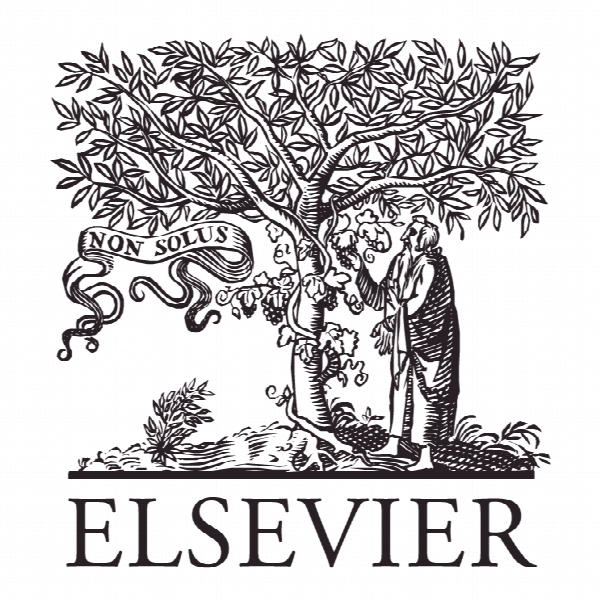ناظر بی نظیر: حاکمیت شرکتی در زمان توانایی مدیریت ارزیابی Biased monitors: Corporate governance when managerial ability is mis-assessed
- نوع فایل : کتاب
- زبان : انگلیسی
- ناشر : Elsevier
- چاپ و سال / کشور: 2018
توضیحات
رشته های مرتبط مدیریت و اقتصاد
گرایش های مرتبط مدیریت استراتژیک
مجله ژاپن و اقتصاد بین المللی – Journal of The Japanese and International Economies
دانشگاه University of California – Berkeley – USA
منتشر شده در نشریه الزویر
کلمات کلیدی انگلیسی Corporate governance, Career concerns, Learning and assessment, Cognitive biases
گرایش های مرتبط مدیریت استراتژیک
مجله ژاپن و اقتصاد بین المللی – Journal of The Japanese and International Economies
دانشگاه University of California – Berkeley – USA
منتشر شده در نشریه الزویر
کلمات کلیدی انگلیسی Corporate governance, Career concerns, Learning and assessment, Cognitive biases
Description
1. Introduction Since Fama (1980) and Holmstrom (1999) [1982],1 it has been understood that many key phenomena in corporate governance (agency more generally) derive from the need to assess managerial ability. In particular, such assessment is the source of incentives, both desired (e.g., greater efforts due to career concerns) and perverse (e.g., forgoing profitable investments and other instances of managerial myopia); as well as being key to understanding phenomena around firms’ choices of managers (CEOs) and, even, board composition. Much of this literature is surveyed in a forthcoming piece by Hermalin and Weisbach. As discussed in Hermalin and Weisbach (2017), the models in this literature rely on Bayesian updating (typically, the normal-learning model). A danger in relying on Bayesian updating, as those authors note at the end of their chapter, is that there is a large psychological literature that indicates that most people are, in fact, not Bayesian updaters; that is, they revise their beliefs upon receiving new information in ways that are inconsistent with Bayes Law. Hermalin and Weisbach (2017) suggest that reëxamining assessment models taking into account known biases in how people update beliefs could be a fruitful avenue for future research. This article is a beginning on that research agenda. After a brief review of Bayesian learning, in particular the so-called normal-learning model, the idea of the base-rate fallacy is introduced. This is a well-documented bias in which those making assessments overweight new information and underweight their prior information (the base rates). As is discussed later, this bias is similar to other biases; in particular, the fundamental attribution bias would yield identical results. Additionally, at least for the model in Section 4, the analysis can be recast in terms of wholly rational actors (i.e., perfect Bayesians) in a way that offers insights into trends in corporate governance or helps to explain differences between countries. In Section 3, the consequences of the base-rate fallacy for Holmstrom’s canonical model of career concerns are considered. The principal findings are that the more employers suffer from the base-rate fallacy, the more executives will work in equilibrium. This follows because how hard an executive works is a function of how much weight employers place on his current performance versus their prior assessment of him. Because the base-rate fallacy means more weight on current performance, an executive’s incentives to work hard are greater. An employer that suffers less from the base-rate fallacy than a rival will avoid losing money in expectation. The same is not necessarily true of the rival: it can lose money in expectation. On the other hand, there are circumstances in which it too can expect to make money over the course of the game. A further result is that an employer would like to play against a rival that is a worse Bayesian than she (suffers more from the base-rate fallacy), but if she has to play against one that is a better Bayesian than she, then she does better the more Bayesian her rival is; that is, the worst rival is one that is only slightly more Bayesian than you. Section 4 takes up the other canonical model of assessment: a firm decides whether to keep or fire its manager based on its assessment of his ability.2 As in Section 3, the less Bayesian is the firm, the harder its executive will work. This reflects the weighting effect outlined in the previous paragraph, but also the greater monitoring that a less Bayesian firm does. Whether a firm suffers from being non-Bayesian depends on its value for this greater effort and how that compares to (i) over-investing in monitoring; (ii) firing the executive too readily; and (iii) having to pay greater compensation (in the Section 4.3 version only). As it turns out, although a firm might do best if wholly Bayesian, this is not always true: in some circumstances, deviations from being a perfect Bayesian maximize the firm’s value.


